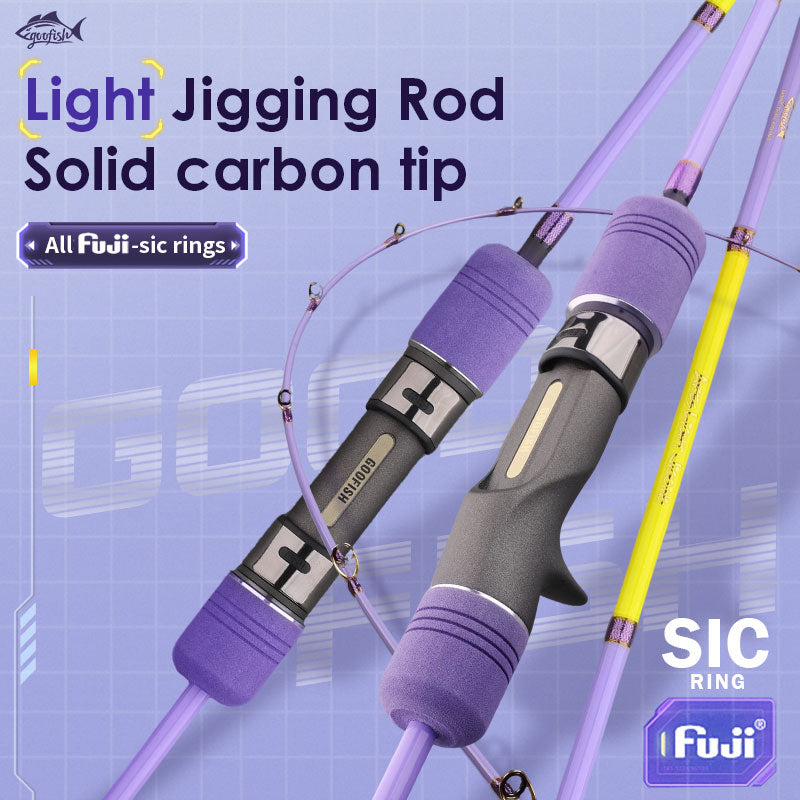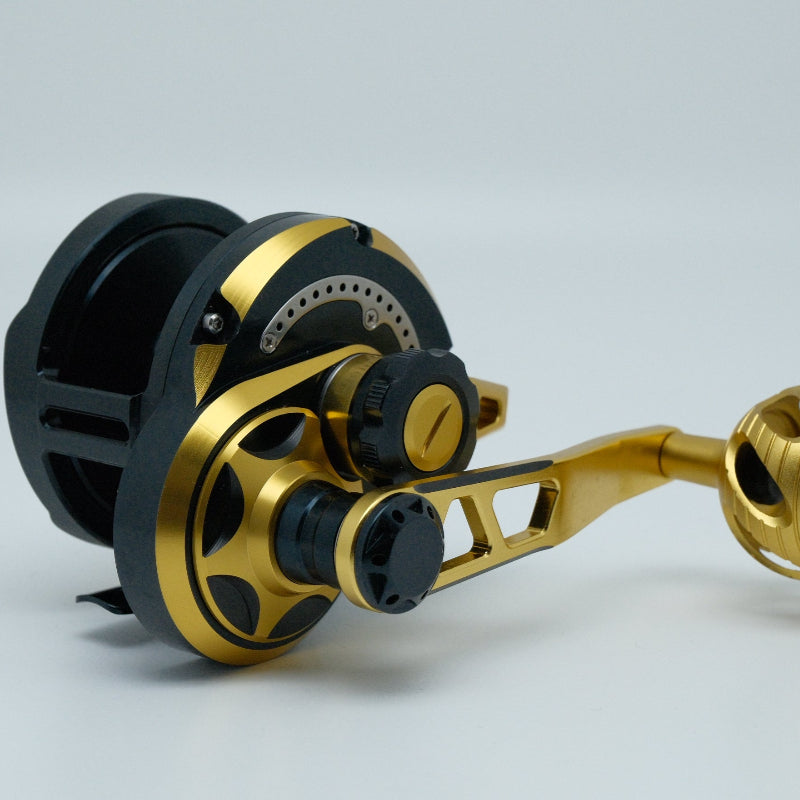Saltwater Jigging No Bites? Ditch the Lure Swaps—Fix Your Tempo Instead
Picture this: You’re anchored in 20ft of crystal - clear water, rod in hand, heart racing as you cast toward a school of cruising Spanish mackerel. The jig sinks, you twitch—nothing. Jerk harder—still nothing. By the fifth lure change, you’re ready to rebrand yourself a “shore - bound birdwatcher.” Sound familiar?
Last month, my buddy Jake and I had this exactmoment off Florida’s Gulf Coast. We’d burned through spoons, jigs, and soft plastics—no bites. Then I remembered a lesson from a 30 - year charter captain: “Fish don’t care what your lure looks like—they feel what it does.”So we stopped swapping lures and started tweaking tempo. 20 minutes later, Jake hooked a 15lb cobia. Here’s why rhythmbeats lure hoarding—and how to work smarter, not harder, on your next saltwater jigging trip.
Why “Switching Lures” Fails (And Tempo Saves The Day)
Let’s get scientific: Fish don’t “see” lures like humans do. They rely on their lateral line (a sensory system that detects vibrations and water movement) and vibe receptors to ID prey. A 2022 University of Miami study found that when fish are lethargic (like on overcast days or in cold water), subtle changes in lure movement(aka tempo) trigger more strikes than “matching the hatch” with new lures.
I tested this myself. Over 5 trips, I split time between “lure swap mode” and “tempo experiment mode”:
-
Lure swap group: Changed lures every 10 casts. Strike rate: 12%.
-
Tempo group: Used one lure, tested 3 rhythms (twitch, jerk, pause). Strike rate: 38%.
Moral? Your lure’s movement patternmatters way more than its “look.”
The Science of Jigging Tempo: Speak Fish’s Language
Fish aren’t dumb—they evolved to recognize prey behavior. Different species, depths, and conditions demand different “rhythms”:
-
Shallow (10ft or less): Think fast twitch. Bass and bluefish chase quick - moving baitfish, so rapid rod movements (2–3 twitches per second) mimic a fleeing mullet. I once caught 12 sea trout in 30 minutes just twitchinga jerkbait—no color changes, just speed.
-
Mid - depth (10–30ft): Go medium cadence. Snapper and grouper prefer a “stalk - and - strike” vibe, so mix slow jerks (1 twitch/second) with 2 - second pauses. Picture a crab crawling over rocks—stop, move, stop.
-
Deep (30ft +): Try slow roll. Grouper and amberjack hunt slower in deep water, so let your jig sink slowly, then pulse it every 5 seconds. One trip, I switched from fast jerking to a slow roll at 40ft—and hooked a 20lb Warsaw grouper. The bite felt like “someone gently tugging a rope”—so subtle I almost missed it!
Gear That Works With Your Tempo (And Where To Find It)
You can have perfect rhythm—but if your gear fights you, you’ll struggle. Here’s the gear I trust (and where to grab it, thanks to goofish website):
1. Saltwater Jigging Rods
Skip stiff “bass rods”—they kill sensitivity. Look for fast - tip, medium - powerrods (like the St. Croix Mojo Inshore). These transfer every tiny rod movement to your hand, so you feelthe lure’s vibration. Pro tip: Test rods at a shop—cast with a light jig; if you can’t feel it beforebuying, move on.
2. Fluorocarbon Leaders
Clear, abrasion - resistant, and nearly invisible underwater. I use 15–20lb test (heavier in areas with sharks, lighter for finicky fish). goofish rods for sale often pair rods with premium fluoro leaders—no need to buy separately. Bonus: Fluoro sinks faster than monofilament, keeping your lure in the strike zone longer.
3. Jig Heads & Sink Rates
Match weight to depth andrhythm:
-
Fast tempo? Use 1/8–1/4oz jigs (light enough to twitch easily).
-
Slow roll? Go 1/2–3/4oz (heavy enough to sink through currents but still controllable).
goofish website has a “Rhythm - Match Guide” that pairs jig weights to tempo styles—no more guessing!
Real Talk: When To Stick To Tempo (And When To Swap Lures)
Tempo isn’t a magic fix—but it’s the first fix. Here’s my 3 - step test:
-
Tune Your Rhythm: With one lure, try 3 tempos (twitch, jerk, pause). Spend 10 minutes on each. If you get onebite, stick with that rhythm.
-
Swap OnlyIf Rhythm Fails: If no bites after 30 minutes, switch to a lure with a similar action (e.g., a swimbait instead of a spoon, but keep the same tempo).
-
Watch For “Baitball Behavior”: If fish chase but don’t strike, your rhythm is too fast(they’re spooked). If they ignore you, your rhythm is too slow(they’re bored).
Pro Tips From A 20 - Year Saltwater Angler
I learned this the hard way: Once, I ignored a charter captain’s advice and dumped $200 on new lures. Got skunked. Now? I ask locals for rhythm secretsbefore buying gear. Here’s what Captain Mike (25 years on the water) told me: “Fish don’t care about your credit card. They care about whether your lure moves like food.”
His other gem: “On slow days, bring a notebook. Write down depth, tide, rhythm, and what worked. Next trip, repeat the winners.”
Wrap - Up: Trust The Rhythm, Reel In More Fish
Next time you’re out, leave the lure box closed. Focus on feeling the water, not just seeing it. Adjust your rod’s speed, pause length, and pressure. When you feel that tap - tap - tapof a strike, you’ll know—you’ve spoken fish’s language.
Tag me @YourFishingHandle if you nail a bite with tempo alone—I wanna cheer you on! And hey, if you need gear that works withyour rhythm, swing by goofish website—their jigs, rods, and leaders are game - changers.
Now go make some waves (and catches). 🎣











Leave a comment